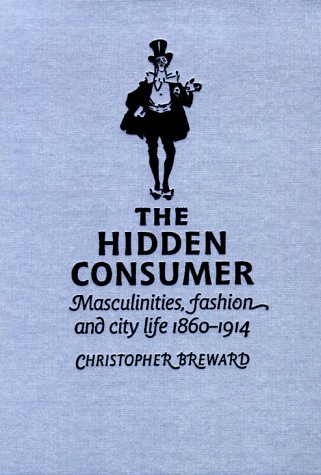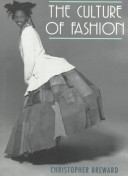Studies in Design and Material Culture
2 total works
This work uncovers the consuming habits of urban men from the second half of the 19th century to the outbreak of World War I. It focuses on the fraught relationships which emerged at this time between ideal models of manly behaviour and attitudes towards the expression of sexual and class identities throught the medium of dress. The period has been identified by many historians as a crucial moment in the development of a commodity culture and its characteristics have generally been discussed in terms of a "feminization" of practices linked with shopping and fashionable display. In a challenge to the accepted picture, Christopher Breward tracks previously hidden connections between the formation of popular sartorial models for male consumers, the organziation of associated retail industries and the promotion of new leisure activities, reposistioning men as crucial subjects in debates on the nature of modernity, fashion and city life. This work offers a re-reading of the material qualities of Victorian and Edwardian social life and a model for the cultural study of fashion.
This illustrated survey of 600 years of fashion investigates its cultural and social meanings from medieval Europe to 20th-century America. It provides a guide to the changes in style and taste, and challenges existing fashion histories, showing that clothes have always played a pivotal role in defining a sense of identity and society, especially when concerned with sexual and body politics. With a chronological structure, each chapter focuses on both male and female fashion of a specific period, covering its fascinating developments. It discusses: andrognous dressing; body piercing; fabrics, clothing and the rise of city life; dress, and the changing shape of the human body; controversies surrounding trousers and leg wear for both men and women; exposure of flesh; fashion and social status; and the dissemination of fashion through travel, film, magazines and catwalk shows.

